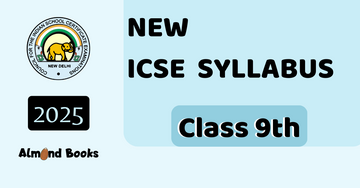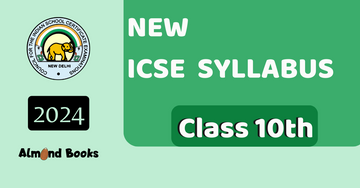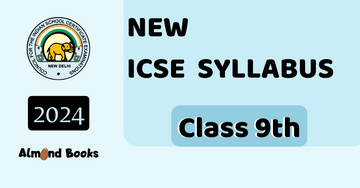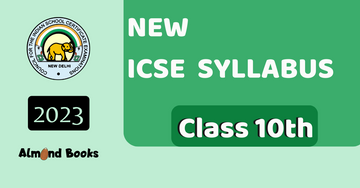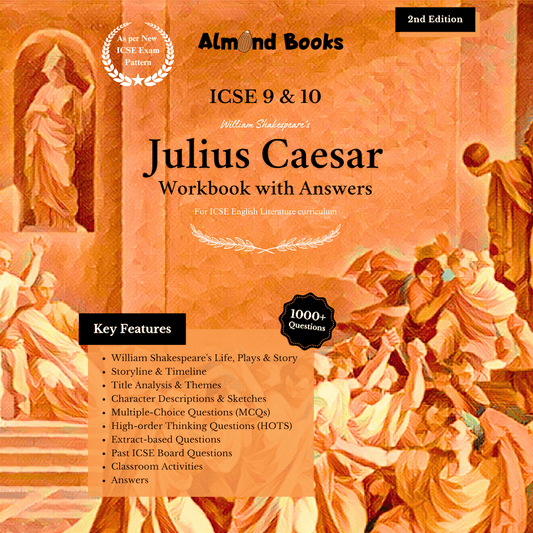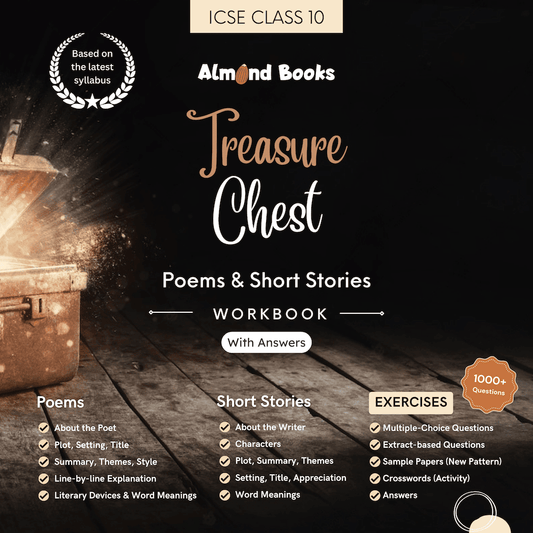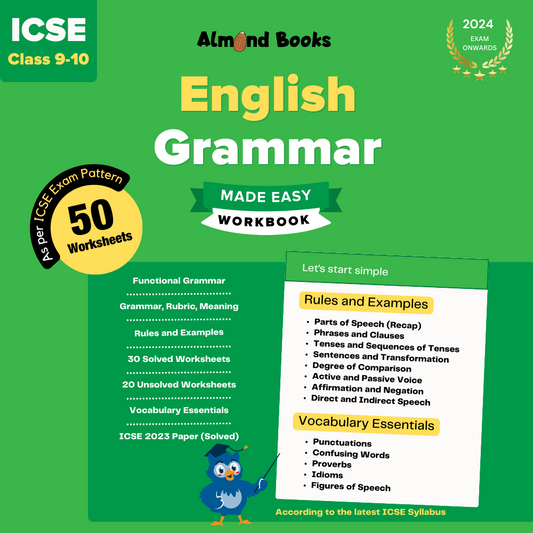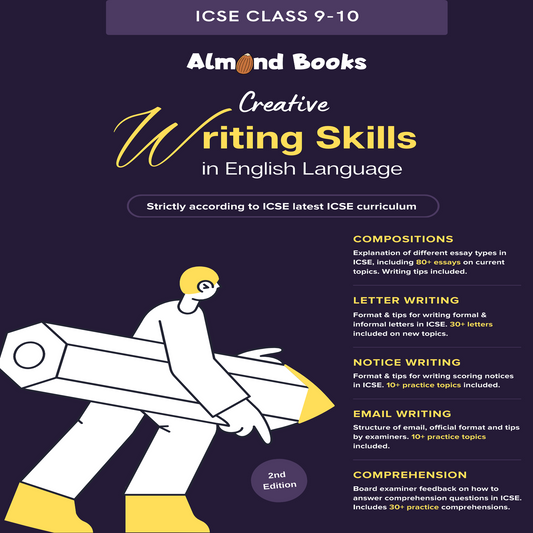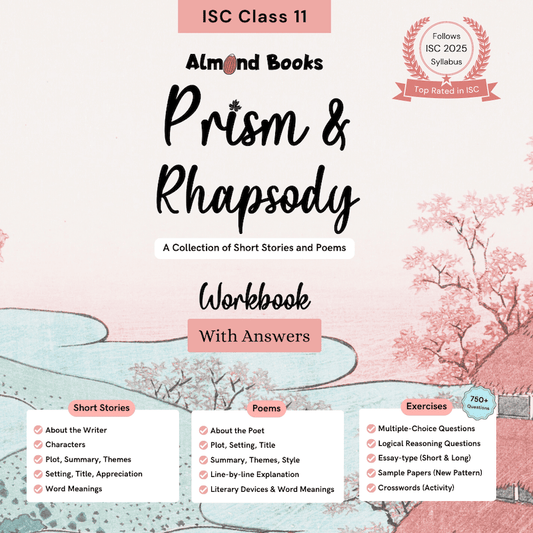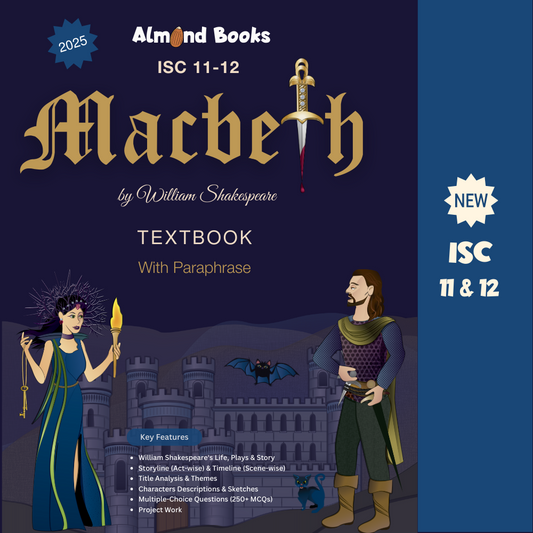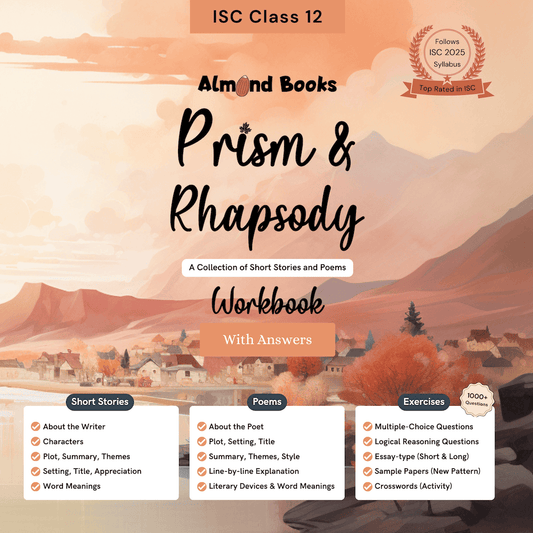| Topic |
Contents |
| 1. The Human Anatomy and Physiology |
- Skeletal System: Bones
- Identification of the following bones within the body: Neck – Cranium and Vertebrae, Shoulder – Scapula and Clavicle, Thorax – Ribs and Sternum, Fore limb – Humerus, radius, Ulna, Carpals, Metacarpals and Phalanges, Spine – Vertebrae, Hip – Pelvis, Hind limb – Femur, Patella, Fibula, Tibia, Tarsals, Metatarsals and Phalanges
- Functions of the skeletal system.
- Framework and Support, Movement, Protection of vital organs, Mineral storage, Blood cell production.
- Classification of different types of joints:
- Fixed joints / fibrous joints (skull), Slightly movable joints / cartilaginous joints (knee, elbow), Freely movable joints / Synovial joints (wrist, ankle, shoulder, neck). A brief explanation of the above types of joints with examples.
- Types of joint movements in physical activities
- Hinge joint - Flexion and Extension, Pivot join Rotation, Ball and Socket joint - Flexion, Extension, Adduction, Abduction, Internal and External rotation, Saddle joint - Flexion, Extension, Adduction, Abduction and Circumduction. Meaning and examples of each of the above
- Benefits of exercise on the Skeletal System
- Increases flexibility, makes bones stronger, strengthens joints, Good posture, Brings about a healthy lifestyle.
|
| 2. Muscular System |
- Types of Muscles
- Voluntary/ skeletal, Involuntary/ Smooth/ Cardiac Muscles, Isometric and isotonic
- Meaning of the above along with and difference.
- Identification of Muscles
- Identification of the following muscles within the body: Latissimus dorsi, Deltoid, Rotator cuffs, Pectorals, Biceps, Triceps, Abdominals, Hip flexors, Gluteals, Hamstring group, Quadriceps group, Gastrocnemius, Tibialis anterior
- Benefits of excercise on the muscular system
- Increases strength, endurance and power, better neuromuscular coordination, improves posture, enhances flexibility, decreases chances of injury.
|
| 3. Respiratory System |
- Pathway of Air into the body.
- The mouth/nose, Pharynx, Larynx, Trachea, Bronchi, Bronchioles, Diaphragm, Lungs, Alveoli. A brief understanding of the above with the help of diagrams.
- Mechanics of Breathing
- External respiration - breathing in oxygen and breathing out carbon dioxide, Diffusion of respiratory gasses in the alveoli, Internal respiration - cellular respiration
- Oxygen Debt and lactic acid accumulation.
- Second Wind
- Vital Capacity and Tidal Volume
- Benefits of excercise on the respiratory system
- Increase in tidal volume, Respiratory muscles become stronger, increase in aerobic endurance, Faster rate of recovery to perform a physical activity.
|
| 4. Circulatory System |
- Structure of the heart
- Meaning and functions of: Atria (left and right atria), Ventricles (left and right ventricles), Arteries, Veins, Capillaries.
- Heart rate, Stroke Volume, Cardiac output.
- Mechanism of blood circulation
- A brief understanding of the process of blood circulation.
- Blood
- Composition of Blood (Plasma, Red blood cells, White blood cells, Platelets).
- Blood groups - A, B, AB, O and Rh factor; Hemoglobin; Blood pressure
- Brief understanding of the Blood groups; donors and recipients. Hemoglobin: function only; Systolic and diastolic blood pressure (meaning and difference).
- Benefits of excercise on the Circulatory system
- Increase in the size of heart, resting pulse increases, Reduction in heart related problems, Improvement of the cardio – vascular system, Increase in hemoglobin, Faster recovery to normal pulse after physical activity
|
| 5. Games and Sports |
- Games and sports and their psychological and social benefits.
- Meaning and difference between Games and sports;
- Psychological and social benefits: build confidence, bring about emotional control, lead to spirit of competitiveness, development of positive attitude, right attitude towards winning and losing, camaraderie, respecting authority, self-esteem, patience, resilience, cooperation, team work, sportsmanship, fair play, leadership, time management.
|
| Section - B
Any two of the following games are to be studied:
Cricket, Football, Hockey, Basketball, Volleyball, Badminton.
The details for each game are given below:
|
| 1. Cricket |
- Knowledge of the game
- Rules of the game
- The Field of play: Diagram of the cricket field and pitch with measurements and specifications; The Ball (Shape, Material, Circumference, Weight); The Bat (Length, Width, Material); Stumps and bails (Height, Width); The Players (Number of players (playing eleven and substitutes); Substitutions; The Players’ Equipment; Compulsory equipment; Types of matches (One day, Five days, Four days and T20); Officials and their duties (2 field umpires, 1 third umpire, 1 match referee and 2 scorers); The Ball in and out of Play; Ways of a batsman getting out.
- Fundamental skills and technique
- Batting (On drive, off drive, Square cut and Leg glance); Fielding (Close catching, catching 'In the outfield', Long barrier and Throwing); Bowling (In swing, Out swing, Yorker and Full toss); wicketkeeping (Footwork, Catching the ball, and Diving).
- Terminology
| Maiden over |
Hat Trick |
Extra |
| Dead Rubber |
Seam Bowling |
Over |
| Dead Rubber |
Seam Bowling |
Over |
| No Ball |
Bouncer |
Sight Screen |
| Bump Ball |
Danger Area |
Powerplay |
| Overthrow |
Declaration |
Appeal |
| Bodyline Bowling |
Dot Ball |
Substitute |
| Dead Ball |
Ball Tampering |
Century |
| Follow-on |
Golden Duck |
Nick |
| Night Watchman |
Tail Ender |
Pull Shot |
| Innings Defeat |
Cover Drive |
Innings |
| Straight Drive |
Sweep shot |
Hook Shot |
| Reverse Sweep |
Upper Cut |
Late Cut |
| Leg glance |
Pull shot |
Flick Shot |
| Beamer |
Off Cutter |
Leg Cutter |
| Short Pitch |
Full length Delivery |
Reverse Swing |
- National and International governing bodies of Cricket
- BCCI - Board of Control for Cricket in India
- ICC - International Cricket Council.
- National and International tournaments
- National Tournament: Ranji Trophy, Duleep Trophy, Vijay Hazare Trophy, Deodhar Trophy, Irani Trophy, Indian Premier League International Tournaments: ICC Cricket World Cup, ICC champions Trophy, ICC World T20, World Cricket League
|
| 2. Football |
- Knowledge of the game
- laws of the game
- The Field of play: Diagram of the Field with Measurements and Specifications, Height and Width of Goalpost, Height of Corner flags
- The Ball: Shape, Material, Circumference, weight, Air pressure
- The Players: Number of players (playing eleven and substitutes), Number of substitutions allowed in a match, Substitution procedure
- The Players’ Equipment, Compulsory Equipment
- The Referee: Powers and Duties, Compulsory Equipment, Referee signals
- Other match officials: Assistant Referees: Duties and Signals; Fourth official: Duties; Additional assistant referee: Duties; Reserve assistant referee: Duties
- The Duration of the Match: Periods of play, Halftime interval, Allowance for time lost, Penalty kick, Abandoned match
- The Start and Restart of Play: Kick-off and its Procedure (start, both halves, both halves of extra time and restarts play after a goal), Free kicks and its Procedure (Direct and Indirect), Penalty Kicks and its Procedure, Throw-in and its Procedure, Goal kicks and its Procedure, Corner Kicks and its Procedure
- The Ball in and out of Play Determining the outcome of a match: Goal scored, Winning team, Kicks from the penalty mark
- Offside: Offside position, Offside offence, No offence
- Fouls and Misconduct: Direct free kick, Indirect free kick, Disciplinary action (Yellow card and Red card), Restart of play after fouls and misconduct
- Fundamental Skills and Technique
- Passing (Short pass and Long pass); Trapping (Step trap, inside trap, Thigh trap, Chest trap and Head trap); Shooting (Instep, Swerve shot, Chip and toe punt); Dribbling; Receiving; Heading; Tackle; Goalkeeping.
- Terminology
| Advantage |
Zonal Marking |
Sliding Tackle |
| Through Pass |
Quarter Circle |
Man-to-man marking |
| Additional time |
Extra time |
Nutmeg |
| One-on-one |
Step- over |
Technical Area |
| Volley |
Half Volley |
Attacker |
| Defender |
Chip |
Cross |
| Overlap |
Lob |
Banana Kick |
| Wall Pass |
Goal Line Technology (GLT) |
- National and International Governing Bodies
- AIFF - All India Football Federation
- FIFA - Federation Internationale de Football Assosciation
- IFAB - International Football Assosciation Board
- National and International Tournaments
- National Tournament: Santosh Trophy, Subroto Cup, Federation Cup, Durand Cup, I – League International Tournament: FIFA World Cup, UEFA European Championship, AFC Cup
|
| 3. Hockey |
- Knowledge of the game
- Rules of the game
- Field of play: Diagram of the Field with Measurements and Specifications
- Composition of teams: Number of Players, Substitution rule for Field players and Goalkeepers
- Captains: Identity and Responsibility Players’ clothing and equipment: Uniform and equipment of field players, Goalkeepers Match and result: Duration of the match and half time, Result of match
- Start and re-start of the match: Procedure of Start (centre pass) and Re-start (Bully, Free hit, Second half) Ball outside the field: Procedure to re-start from different areas, side line, back line, after every goal Method of scoring
- Conduct of play: Players, Goalkeepers and Players with Goalkeeping Privileges; Umpires (Responsibilities of Umpires).
- Penalties and procedures for taking penalties: Awarding: Free Hit, Penalty Corner and Penalty Stroke; Procedures: Free hit, Penalty corner, Penalty stroke
- Personal Penalties: Cautions (Verbal warning); Temporary suspension: Green Card - 2 minutes suspension, Yellow Card- 5 minutes suspension; Permanent suspension (Red Card)
- Equipment Specifications
- Field Equipment: Goal-post: (side board, back board and net); Flag post
- Hockey Stick (Specification and Properties) Ball: Shape, Material, Circumference, Weight, Colour
- Fundamental Skills and Technique
- Passing (Push, Drive and Sweep)
- Trap ( Upright stop & Flat stop)
- Dribbling ( Straight dribble, Loose dribble, Indian dribble, Dribbling pullback, one hand dribble: right hand an reverse side)
- Shooting, Goalkeeping
- Terminology
| Forehand |
Playing Distance |
Tackle |
| Back Stick |
Dangerous Play |
Field Goal |
| Obstruction |
Raised Ball |
High Stick |
| Hooking |
Reverse Stick |
Push |
| Scoop |
Advantage Flick |
High Ball |
| Shooting Circle |
Under Cutting |
Jab |
| Foot |
Give and Go |
Carry the Wall |
| Centre Pass |
Back Pass |
Reverse Hit |
| Rebound |
Rusher |
Long Corner |
| Through pass |
Stroke |
Cross |
| 16-yard hit |
- National and International Governing Bodies
- FIH - Fédération Internationale de Hockey (French)
- IHF - Indian Hockey Federation
- National and International tournaments
- National Tournaments: All India Gurmeet Memorial Hockey Tournament. Chandigarh, All India Chhatrapati Shivaji Hockey Tournament. Delhi, All India Indira Gold Cup Hockey Tournament, Jammu.
- International Tournaments: Sultan Azlan Shah Hockey Tournament, World Hockey Cup, Champions Trophy.
|
| 4. Basketball |
- Knowledge of the game
- Rules and Regulations of the game
- Court: Diagram of the court with Dimensions and Specifications, Meaning of Court areas, lines, circle, semi-circle, position of the scorer's table and substitution chairs. Equipment needed to conduct the game
- Teams: Definition, Rules, Players uniform Injured players
- Captain and Coaches: Duties and powers Duration of Play Playing time, Tied score and Extra periods
- Status of the ball: Ball Live, Ball Dead
- Jump ball and Alternating possession: Jump ball: Definition, Procedure and Situations; Alternating possession: Definition and Procedure
- How the ball is played: Definition and Rule
- Control of Ball: Definition, Team Control: Continues and Ends
- Goal: When made and its value, Definition, Rule of scoring
- Throw-in, time-out, substitution: Definition, Rules and procedures
- Game Lost by Forfeit, default, violation: Rules and Penalty
- Player out of bounce and Ball Out of Bounds: Definition and Rule
- Dribbling: Definition, a dribble starts, a dribble ends, rule for dribbling
- Travelling: Definition, Pivot
- Closely Guarded player: Definition and rule
- 3 Seconds rule, 8 Seconds rule, 24 Seconds rule and procedure
- Ball returned to backcourt: Definition, Rule and Penalty
- Goaltending and Interference: Definition and rule; Meaning and penalty of Interference; Penalty for The Respective Violations.
- Fouls – Definition; Personal Foul, Double Foul - Definition and Penalty; Technical Foul: Rules of conduct, Violence, Definition and Penalty; Unsportsmanlike Foul, Disqualifying foul - Definition and Penalty
- Fighting - Definition, Rule and Penalty; Penalty for the respective Fouls; Five fouls by a player; Team fouls: Definition and Rule.
- Contact: General principles: Cylinder principle, Principle of verticality, Legal guarding position, guarding a player who controls the ball, Guarding a player who does not control the ball, A player who is in the air, Screening (Legal and Illegal), Charging, Blocking, No charge semi-circle areas, Contacting an opponent with the hand(s) or arm(s), Holding, Pushing
- Free Throws - Definition, Rule and Penalty
- Duties and Powers of: Officials, Table officials and Commissioner; Referee; Scorer and Assistant Scorer; Timer; Short clock operator
- Fundamental Skills and Technique
- Dribbling (high dribble, change of pace, crossover, between the legs and behind the back)
- Passing (chest pass, bounce pass, baseball pass, outlet pass and no-look pass)
- Shooting (layup, jump shot, hook shot, free throw, bank shot and slam dunk)
- Defence (man to man defence, zone defence and combination defence)
- Offence (early offence, set offence, motion offence, zone offence and spread offence)
- Rebounding (Offensive and Defensive) Pivot
- Terminology
| Drive |
Fake |
Fast Break |
| Blocking |
Charge |
Carry |
| Screen |
Double Dribble |
Travel |
| Triple Threat |
Ball Handler |
Dead Ball |
| Front Court |
Loose Ball |
Held Ball |
| Dunk |
Field Goal |
Alley-Oop |
| Back Court |
Press |
Box out |
| Double Foul |
Jump stop |
Timeout |
| Air Ball |
Jump ball |
Game Clock |
| Block |
Possession Arrow |
- National and International Governing Bodies of Basketball
- BFI - Basketball federation of India
- FIBA - Federation Internationale De Basketball
- National and International tournaments
- National Tournaments: Youth National Basketball Championships, Federation Cup Basketball Championship, UBA Pro Basketball League
- International Tournaments: FIBA World, Championship, European Basketball Championship, FIBA Asia Championship
|
| 5. Volleyball |
- Knowledge of the game
- Rules of the game
- Ball: Shape, Material, Weight, Circumference, Air Pressure
- Composition of teams
- Players equipment and forbidden objects
- Team Leaders: Responsibility of Captain, Coach and Assistant coach
- Playing Format: To score a point, To win a set, To win the match
- Structure of Play: The Toss, Official warm-up session, Team starting line-up, Positions and Positional fault, Rotation and Rotation fault
- States of Play: Ball in play, Ball out of play, Ball "IN", Ball "OUT"
- Playing the ball: Team Hits, Characteristics of the hit, Faults in playing the ball, Ball at the net, Ball crossing the net, Ball touching the net, Ball in the net
- Player at the net: Reaching beyond the net, Penetration under the net, Contact with the net, Player's faults at the net
- Service: First service in a set, Service order, Authorization of the service, Execution of the service, Screening, Faults made during service, Serving faults and Positional faults
- Attack hit: Characteristics, Restrictions, Faults
- Block: Blocking, Block contact, Blocking within the opponent's space, Block and team hits, Blocking the service, Blocking faults
- Interruptions, Delays and Intervals: Interruptions (meaning); Number of regular game interruptions; Sequence of regular game interruptions; Request for regular game interruptions;
- Time-outs and Technical time-outs
- Exceptional game interruptions: Injury/illness, External interference, Prolonged interruptions Substitution: Limitation, Exceptional, Expulsion/disqualification, Illegal, Procedure, Improper request
- Game delays: Types of delays, Delay sanctions Intervals and change of court
- Libero player: Designation of the Libero, Equipment, Actions involving the libero, Redesignation of a new libero
- Participants' conduct: Sportsmanlike conduct, Fair play Misconduct and its sanctions: Minor misconduct, Misconduct leading to sanction, Sanction scale,
- Cards used: Warning (Verbal and Yellow card); Penalty (Red card); Expulsion (Red plus Yellow card jointly); Disqualification (Red plus Yellow card separately)
- Referees: Composition, Procedures, Location, Authority and Responsibilities of: First referee, Second referee, Scorer, Assistant scorer, Line judges.
- Fundamentals Skills and Techniques
- Service (Underhand, Topspin, Float, Jump serve and Jump Float)
- Pass (Underarm pass and overhand pass)
- Set (Overhead and Bump)
- Attack/spike (Backcourt, Line and cross-court shot, Dip, Block-abuse, Off-speed hit, Quick hit, Slide and Double-quick hit)
- Block (Single block, Double block and Triple block)
- Dig
- Terminology
| Back row attack |
Block assist |
Side out |
| Blocking error |
Floater |
Two set |
| Extension Roll |
free ball |
Joust |
| Overlapping |
Back set |
Carry |
| Closing the block |
Ball down |
Quick set |
| Serving zone |
Defence zone |
Attack zone |
| Foot Fault |
Net Violation |
Trap set |
| Reading an opponent |
Cross-court attack |
- National and International Governing Bodies of Volleyball
- VFI - Volleyball Federation of India
- FIVB - Federation International De Volleyball
- National and International tournaments
- National Tournaments: Indian Volleyball League, Federation Cup, Poornima Trophy
- International Tournaments: World Championship, World Cup Volleyball, Super Challenge Cup
|
| 6. Badminton |
- Knowledge of the game
- Rules of the game
- Court: Diagram of the court with Measurements and Specifications, Court equipment (Posts and Net)
- Shuttle: Dimensions and Specifications, Testing a shuttle for speed
- Racket: Diagram of the racket with Measurements and Specifications
- Toss: Procedure Scoring system Change of ends
- Service: Singles (serving and receiving courts); Doubles: Serving and receiving courts, Order of play and position on court, Scoring and serving, Sequence of serving
- Service court errors Lets Shuttle not in play Continuous play, Misconduct and Penalties Officials duties and appeals: Referee, Umpire, Service judge, Line judges
- Fundamental Skills
- Grip (Forehand grip and Backhand grip)
- Footwork
- Serve (High serve, Low serve, Flick serve)
- Strokes (Overhead forehand stroke, Overhead backhand stroke, Underarm forehand stroke and Underarm backhand stroke)
- Shots (Clearing/lobbing, Drop shots and Smash)
- Terminology
| Short Serve |
Long Serve |
Wide Serve |
| Service Order |
Love |
All |
| Deuce |
Forecourt |
Mid-court |
| Rear court |
Rally |
Set |
| Rubber |
Lunge |
Clear Lob |
| Half Smash |
Carry |
Baseline Smash |
| Full smash |
Drive |
Push shot |
| Tumbling net shot |
Net Kill |
Net Lift |
| Hairpin net shot |
Alley |
Back Alley |
| Follow Through |
Court |
Wood Shot |
| Flick |
Bird |
Singles footwork base |
- National and International Governing Bodies of Badminton
- BAI - Badminton Assosciation of India
- BWF - Badminton World Federation
- National and International tournaments
- National Tournaments: Indian Open Badminton Championship, Senior National Badminton championship. International Tournaments: World Championship, Thomas Cup
|

